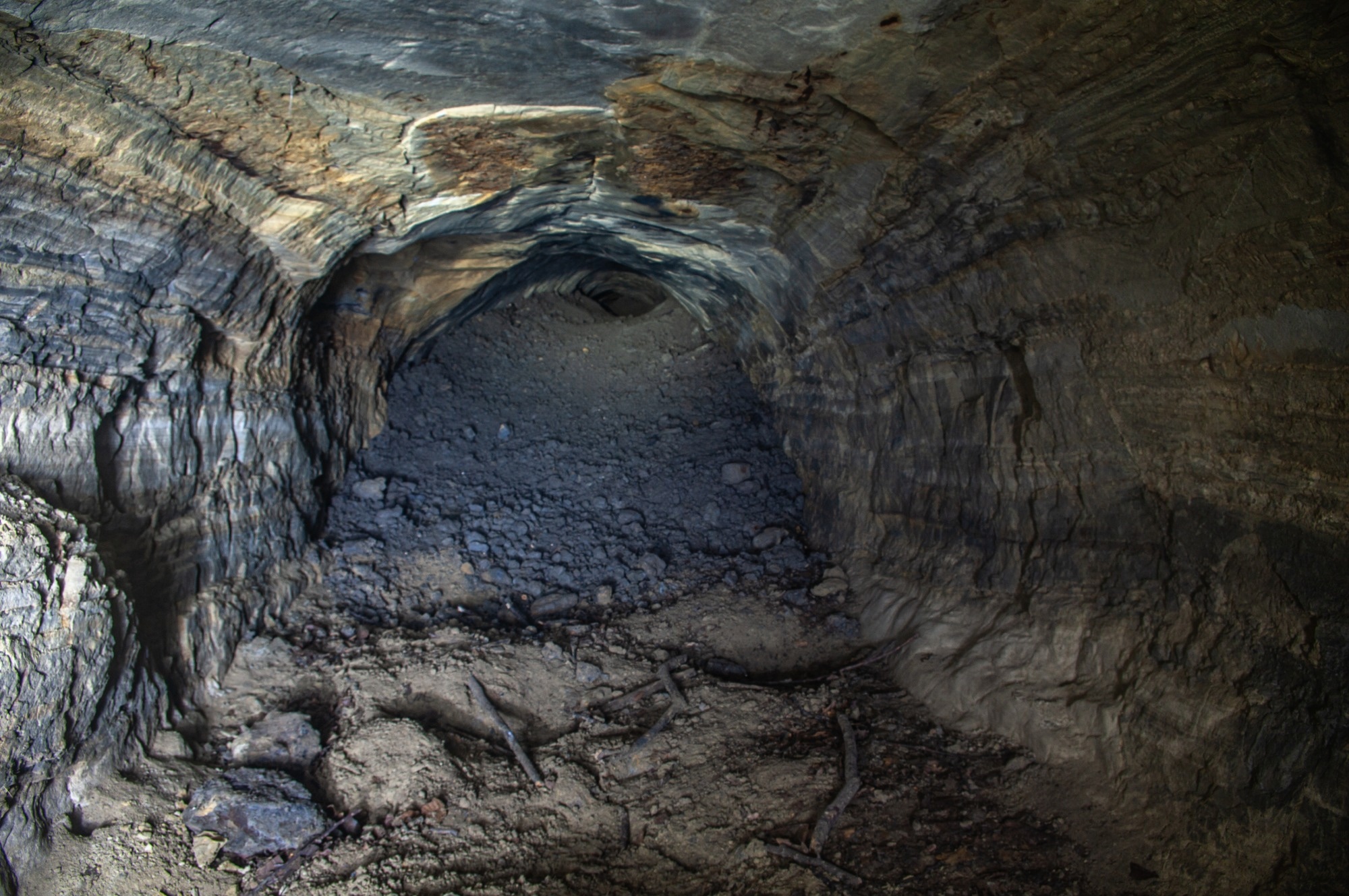New experiments reveal how confining pressure reshapes the way coal rock stores and releases energy - offering fresh insight into preventing deep-mine failures before they happen.

Image Credit: Ivan Boryshchak/Shutterstock.com
The research, published in Scientific Reports, explored the energy evolution and damage characteristics of coal rock subjected to graded staged cyclic loading and unloading under confining pressure (SCPLU).
Why is Understanding Rock Behavior Under Stress So Critical?
In mining engineering, accurately predicting how coal and surrounding rocks respond to repeated stress cycles is vital for ensuring safety and structural stability. Repeated loading and unloading can cause micro-cracks to form and grow, gradually weakening the rock - often the precursor to catastrophic failure.
Most previous research has focused on static or monotonic loading conditions, which do not fully reflect the real-world environments in deep mining, where stress conditions vary cyclically. Some studies have investigated energy distribution during rock failure, noting that increased energy dissipation correlates with the formation of micro-cracks and internal damage. However, many existing damage models rely only on elastic theory or plastic deformation metrics, which may not capture the full complexity of energy interactions - especially under confining pressure.
What Was the Focus of the New Study?
The study introduces a more realistic experimental approach: staged confining pressure cyclic loading and unloading (SCPLU) tests on coal rock samples from the Houwenjialiang Coal Mine. The goal was to understand how energy evolves and damage accumulates under conditions that closely resemble those in deep underground mines.
How Were the Tests Conducted?
Researchers used cylindrical coal rock specimens (50 mm in diameter, 100 mm in length), prepared with smooth, flat ends to ensure accurate stress application. The samples were first subjected to 3, 6, and 9 MPa confining pressures, simulating in-situ stress conditions at various depths.
Each sample then underwent 30 loading and unloading cycles, with axial stress ramping up to 120 % of the sample’s uniaxial compressive strength. During each cycle, the confining pressure was reduced by 1.5 MPa, and each unloading stage lasted about 30 minutes. These tests were conducted using a 1000-type triaxial shear permeability testing machine capable of applying confining pressures up to 60 MPa.
Throughout the cycles, data was collected on axial and confining pressure, strain, and energy metrics. This allowed for the calculation of two key forms of energy:
- Stored (elastic) energy: Indicating recoverable deformation
- Dissipated energy: Associated with permanent damage and micro-crack development
What’s New About the Damage Modeling Approach?
A key innovation in this study lies in how damage is quantified. Instead of relying on traditional strain-based metrics, researchers defined a damage variable using the ratio of dissipated energy to total energy at each cycle and a modified elastic modulus calculated from stress-strain data.
This damage variable was modeled using a Weibull distribution, enabling researchers to divide the failure process into distinct stages:
- Compaction
- Elastic deformation
- Crack instability development
- Crack propagation
- Residual strength
By tracking changes in the damage variable, the model could clearly distinguish between these phases, offering a more nuanced view of how failure progresses over time.
What Did the Data Reveal About the Role of Confining Pressure?
The results showed a clear relationship between confining pressure and damage progression during cyclic loading. At lower confining pressure (3 MPa), coal rock tended to fail through splitting and shear, with micro-cracks forming and growing more easily. Here, the damage variable stayed relatively low for much of the test.
At higher confining pressures (6 and 9 MPa), shear failure was more dominant, and the formation and propagation of micro-cracks occurred more gradually. This suggests that confining pressure plays a protective role, resisting crack growth and enhancing the rock’s overall load-bearing capacity.
How Does Energy Behavior Evolve Through the Loading Cycles?
Energy analysis provided further insight. In the early cycles, most of the applied energy was stored elastically. However, as loading progressed, the amount of dissipated energy increased significantly, signaling the onset of micro-crack development. After the stress peak, dissipated energy spiked sharply, indicating macro-crack formation and imminent failure.
Click here to download a PDF copy of this page
Interestingly, the energy dissipation ratio decreased with increasing confining pressure, reinforcing the idea that higher confining stress helps stabilize the rock structure.
How Accurate Was the New Model?
The new damage model, which combines dissipated energy with elastic modulus degradation, strongly correlated with observed physical changes in the samples. It effectively captured the transition from early micro-damage to full-scale failure. The model’s predictions were highly consistent with the experimental data, achieving coefficients of determination (R²) above 0.98, and up to 0.998 in the best case.
This level of accuracy outperformed models that rely only on strain measurements, making it a promising tool for future research and practical applications in deep mining.
Final Thoughts: What’s Next for Mining Safety and Rock Mechanics?
These findings deepen our understanding of how coal rock behaves under realistic stress conditions - particularly the critical role confining pressure plays in delaying or preventing failure. The new energy-based damage model could enhance risk assessment tools and inform design strategies for underground structures.
Journal Reference
Chen Z., Dang S. et al. (2025). Energy evolution and damage characteristics of coal rock under graded cyclic loading and unloading with confining pressure. Scientific Reports 15, 37050. DOI: 10.1038/s41598-025-20810-3, https://www.nature.com/articles/s41598-025-20810-3